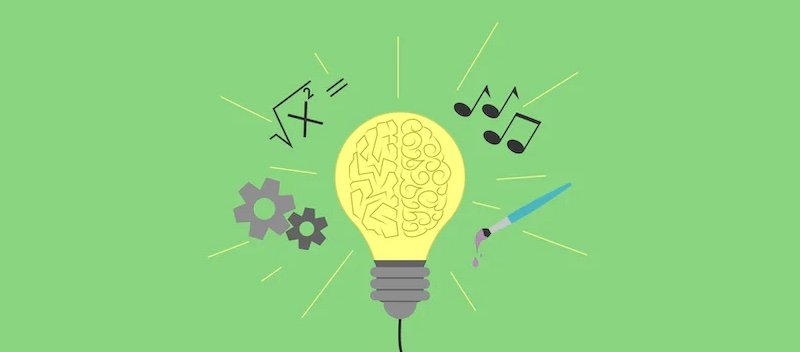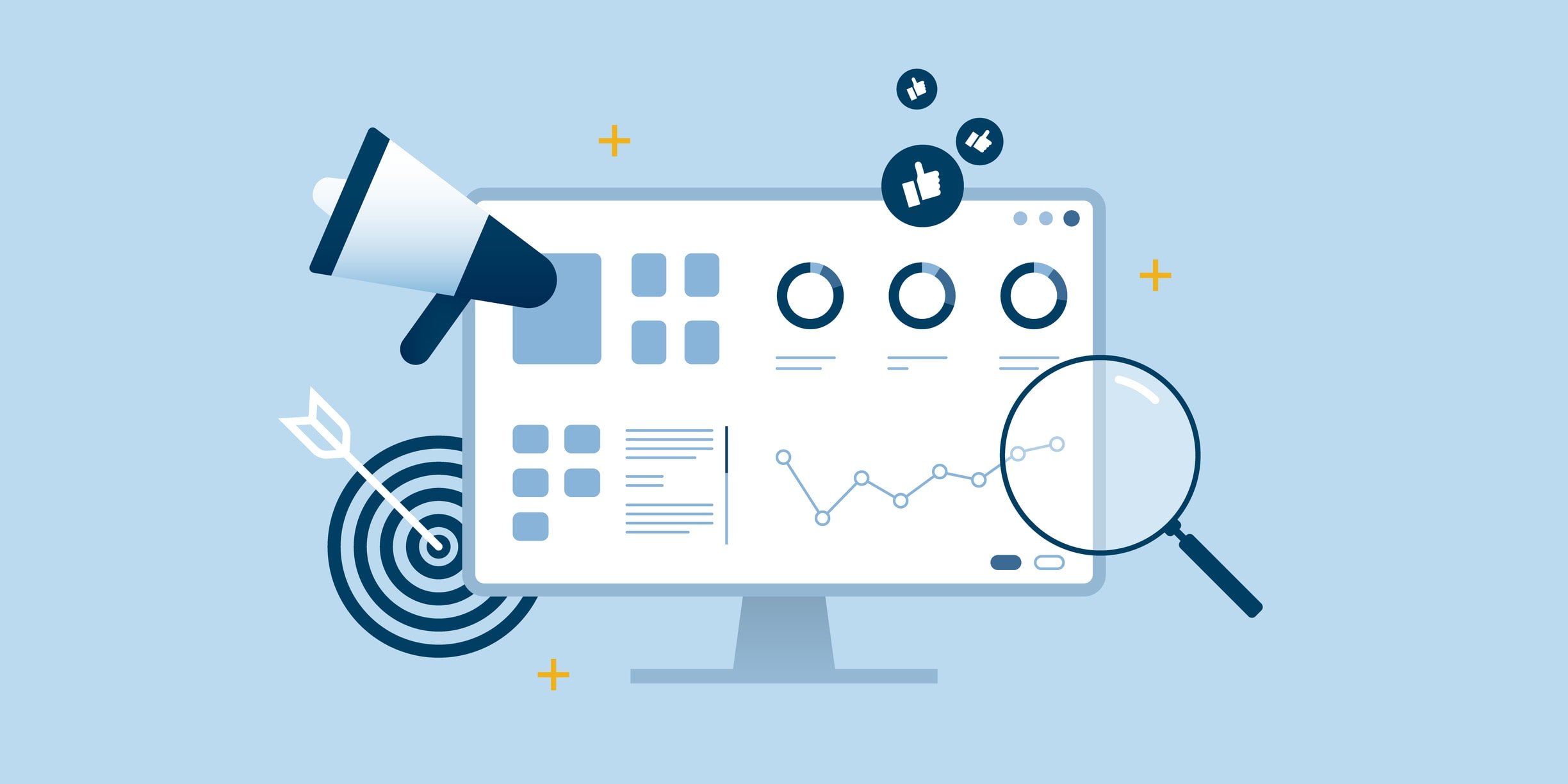Strategy is about clearly defining the change we want to make in the world and identifying the tools and capabilities we have to make that change happen. It also involves understanding how we can leverage time, systems, and even elements of play or gamification to support people in achieving their goals. I think that when we have clear answers to these questions, marketing becomes a much more straightforward task.
Branding vs. Marketing
Branding is why
Marketing is how
Branding is your story
Marketing is how you tell it
Branding earns loyalty
Marketing drives action
Branding is the foundation
Marketing is the structure
Branding is the being
Marketing is the doing
Branding is macro
Marketing is micro
Branding defines trajectory
Marketing defines tactics
Branding is long-term
Marketing is short-term
Branding shapes culture
Marketing shapes campaigns
Branding is the promise of value
Marketing is the proof of value
I see branding as the essence of who you are, the identity and character of your business. Marketing, on the other hand, is how you build awareness of that brand. Branding is your long-term strategy, while marketing is made up of the tactical actions you take to reach your goals. Do you agree?
Embrace contradictions
Human psychology is full of intriguing contradictions, often described as "unions of opposites." Robert Cialdini, in his book Influence, highlights how these opposites can be remarkably effective in persuasion. For example, we’re drawn to products that “everyone has,” associating popularity with quality, yet exclusivity - “only a few have this”- can evoke just as powerful a desire. Similar dynamics emerge with scarcity versus abundance, where the urgency of “act now, it’s almost gone!” contrasts with the reassurance of “there’s more than enough for everyone,” and with familiarity versus novelty, as in “this is a trusted classic” versus “discover something new and unique.” Beyond persuasion, these contradictions extend to the value we find in processes versus outcomes. Certain experiences gain meaning not from the result but from being savoured slowly and thoughtfully, where the journey itself becomes more significant than the destination.
Consistent narratives
c/o Adobe
Marketing is about crafting a story that resonates with the right audience, one so compelling that they feel inspired to share it, building trust and a reputation for what you stand for. Too often, marketers default to creating average solutions for average people, leading to a race to the bottom. Instead, we should focus on meaningful engagement, investing resources in systems that align with our goals. While authenticity and personal connections can feel overwhelming to execute consistently, I think what people truly value is consistency and transparency. These qualities foster trust, ensuring your story endures and spreads naturally.
Building a solid baseline
Have you looked at your end-to-end customer journey and figured out how to win?
To effectively win in today's market, it is crucial to examine your end-to-end customer journey. When consumers hear about a product, their first reaction is often to search online. This initiates a journey of discovery about the product, service, issue, or opportunity. In this context, you're not just competing with other companies but also keeping pace with advancing technology and the evolving expectations of your consumers. There are two key players in this scenario: the end-user, who conducts the research, and the sales/marketing team, which must be strategically present and prepared to engage with the end-user at the critical moment of their search. I think success hinges on being able to build a relationship with the customer exactly when they are looking for you.
Awareness and trust
People only buy from you for two reasons: they know you exist, and they trust you. Awareness is finite; once someone's attention is spent, it’s gone forever. As a result, people are becoming more selective about where they direct their attention. Historically, marketers have often wasted our attention, but moving forward, the successful ones will be those who value, nurture, and cherish it. The biggest mistake marketers repeatedly make is rooted in selfishness and narcissism - believing that just because something was hard to create, people owe them their attention. I think this mindset lacks humility, generosity, and connection. Marketers need to shift from behaving like toddlers throwing tantrums to patiently earning the attention of the people they seek to serve.
The direction of travel
Marketing and innovation share a fundamental connection which is woven into their essence. There are two ways that you can create value in the marketplace, you can either find out what people want and work out a really clever way to make it, or you can work out what you can make and find a really clever way to make people want it. The financial outcomes stemming from either trajectory are remarkably similar, blurring the distinction between the two processes, so it isn’t necessary to introduce a new product to perform research and development (R&D). An additional method of R&D lies in reshaping an existing product or service through diverse strategies like presentation, pricing, positioning, or framing, which may alter its market perception and relevance.
No one cares
Economics has created the idea that all marketing does is add a little bit of magical added value. I think that you can have the world’s most brilliant product or service but if you don’t market it well, I mean, present it to people in a way that conveys conviction, plausibility, and trustworthiness, then it doesn’t matter how good it is. Economics assumes that there is already perfect knowledge and trust, but in reality, without building trust and marketing, even the best product or service might go unnoticed and unsold.
Let’s break it down
Artwork by Rvasilovski
Value creation extends beyond efficient manufacturing of predefined goods as one has to understand that a very large part of economic value is created in the mind and not in the factory. I think marketing is as much a source of value creation as manufacturing, unfortunately not everyone shares this perspective. There are many thinkers who believe that value is inherent and can be manufactured with increasing efficiency. I contend that true innovation lies not only in altering the products themselves or the means of production but also in reshaping people's perceptions as I believe innovation and marketing are fundamentally two sides of the same coin. And there are only two ways that you can create new economic value - you can either find out what people want and work out a clever way to make it or you can work out what you can make and find out a really clever way to make people want it. What do you think?
The rhythm of loyalty
Marketing often involves embracing counterintuitive approaches, and one of the challenges in marketing is the necessity to incorporate elements that defy conventional logic. It's essential to continually test unconventional strategies, as your competitors may not be doing so. Rather than immediately altering the core reality of a product or service to enhance consumer perception, consider the intricate layers that shape how people perceive, interpret, and emotionally connect with that offering. I think the process is multifaceted, involving the objective essence of a product, the context in which it's placed, the perceptions that arise from that context, the emotions or meanings derived from those perceptions, and the emotions ultimately driving consumer behaviour. Unlike the neat and predictable mappings seen in physics, human behaviour encompasses a more complex, non-linear journey through several stages. One has to recognise and harness the complexity of human behaviour and perception can be a key to successful marketing, even if it requires embracing counterintuitive strategies.
Good, better, best
Image © Maria Hergueta for Harvard Business Review
I think in the age of mass marketing, well-promoted average products or services consistently outperform their counterparts that lack extensive promotion. The key lies in crafting a compelling story that resonates with our target audience in an inspiring and persuasive manner which will encourage them to share it with others. If we can achieve this then we have done a good job of effective marketing.
““It’s not the story that you tell, it’s the story that you sell that really makes all the difference.””
Adapt and evolve
The Butterfly Effect is all about how small changes in a complex system can equal results that are virtually impossible to predict. What might seem like a very small and insignificant change in one place could result in large differences somewhere else or at a later stage. Having the same metrics and the same incentives and the same bonuses across the board in a business can be detrimental. I think it’s more beneficial to segment and measure various activities differently. One of the drawbacks with uniformly applying efficiency metrics is that it discourages innovation and risk-taking. For example, if the goal is a modest 4.5% annual improvement, individuals may avoid bold initiatives because success poses challenges and failure brings its own set of problems. Therefore, I think it’s essential to establish distinct metrics and incentives for various marketing activities as there are the things where very small changes make very, very big differences.
NB. The complexity theory recognises that economic and organisational phenomena are similar to those observed in science and in nature.
Aspirational choices
Businesses tend to become less risk-averse when they are confronted with a crisis, as the saying goes, 'necessity is the mother of invention.' Consumers also develop a narrative explaining why they are adopting new behaviours. Periods of disruption, although they introduce variance and instability in the economy, can potentially be healthy in the long-term. I think that the obstacles to technology adoption primarily stem from psychological hurdles, and this is why I find marketing fascinating, as it poses the challenge of converting people in the first place.
““When you have to make a choice and don’t make it, that is in itself a choice.””
Evaluating digital performance
What damage is caused by using bad metrics in digital marketing?
To improve the impact of digital marketing and undo the damage caused by using inadequate metrics, we must find a high-margin, transactional product to sell and market. Currently, a major issue with e-mail marketing is the optimisation around transactional metrics rather than emotional metrics. It’s important to point out that learning from digital marketing mistakes is not always easy or straightforward. I think it’s essential to exercise caution in this aspect and change our focus towards emotional engagement in order to obtain more effective results.
“Making mistakes is something everyone does. Learning from them is not. ”
Wider performance marketing
To improve the impact of digital marketing and undo the damage caused by using inadequate metrics, we must find a high-margin, transactional product to sell and market. Currently, a major issue with e-mail marketing is the optimisation around transactional metrics rather than emotional metrics. It's essential to exercise caution in this aspect and shift our focus towards emotional engagement for more effective results. I think one should find an high margin, transactional product to sell and market, and then use good metrics to optimise its performance.
Dear marketing leaders
You have often heard the advice to "build your brand" and "tell your story.” What if your customers simply don't care? The truth is, what truly matters to them is themselves – their problems, their needs, and their aspirations. In reality, they aren't as invested in your brand or your story as you might think. So, instead of solely focusing on pushing your brand and narrative, it's essential to shift your approach. How? By understanding your customers' perspectives and catering to their specific needs and concerns is crucial. By empathising with their challenges and offering solutions that genuinely resonate with them, you can create meaningful connections and foster brand loyalty.
At the end of the day, I think successful marketing is about putting the customer first, addressing their pain points, and demonstrating how your product or service can improve their lives. So it makes sense to redirect your marketing effort towards delivering real value to customers and building lasting relationships based on trust and understanding.
Shaping the future
As time goes on, an increasing number of business inquiries will shift towards behavioural and psychological aspects. I think this shift is due to the growing recognition that relying solely on past data to forecast future behaviour is becoming less reliable. Consequently, a significant portion of business inquiries will essentially transform into marketing questions, and as a result, it will become essential to give marketing a higher priority in the business hierarchy. The significance of marketing in terms of driving innovation and facilitating change has now been amplified by a factor of five.
Performance is important
Humans have developed the ability to make decisions based on selecting the option with the least catastrophic worst case scenario. This decision-making process involves taking a modular approach, addressing one stage at a time. Additionally, if a product can be easily reversed, removed, or sold, it becomes psychologically easier for the consumer, even if the product itself remains unchanged. I think in today's world, the role of marketers has become increasingly crucial and this demands that both their status and influence should be elevated. Understanding the desires, needs, motivations, and fears of consumers should be of paramount importance, it’s ten times more significant in 2023 compared to 2019, and the reasons for this heightened significance are widely known.
““It’s impossible for a man to learn what he thinks he already knows.””
Elements of value
The value pyramid is usually represented in building blocks and fall into four different categories: functional, emotional, life-changing, and social impact. The elements of value pyramid are a marketing tool that identifies the key elements customers value when choosing to buy goods and services. I think organisations can leverage this tool to improve the customer experience, target specific psychographics, and increase their value proposition.





















